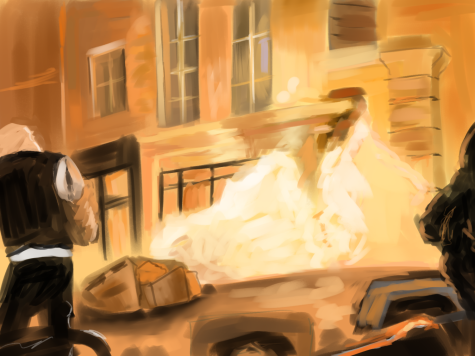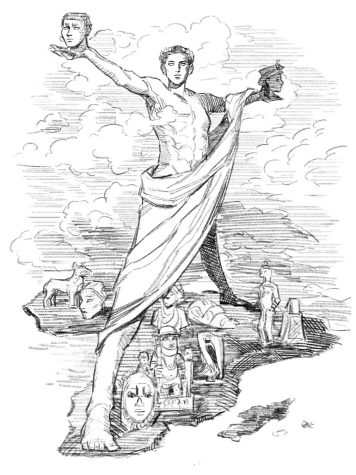West Virginia’s Teacher Strike Causes a Stir
April 9, 2018
The work stoppage organized by teachers in West Virginia ended with the state governor Jim Justice, signing a bill that promises a 5% pay raise for state teachers, school staff, and police. Perhaps, the most significant American work strike in a state where public sector workers have very little collective strength, the teacher strike bolstered the country’s weakened labor movement — prompting similar teacher strikes around the nation.
Both the West Virginia’s House of Delegates and Senate unanimously approved the bill and Justice signed it into law. Moreover, as part of the negotiations, legislators also agreed to give all state employees a 5% raise and numerous health plan benefits during the upcoming budget negotiations.
In West Virginia, public workers do not have formal collective bargaining rights under the state law. As a result, these unions do not bargain contracts spelling out wages and benefits for members, the way public sector unions do in most other states. The state legislature sets the teacher pay scale, thus making teacher unions similar to associations that lobby lawmakers on their members’ concerns and grievances.
These institutional weaknesses prompted teachers to find a simple yet radical method to force the state to comply to their demands of change on healthcare and pay: shutting down schools in all 55 counties for nearly 2 weeks. If the teachers had been bound by a collective bargaining agreement, this protest would not have happened due to a no-strike clause that ensures labor peace.
However, this was not the first time teachers went on strike. In 1990, teachers organized a work stoppage with two key differences: it did not include school personnel like cafeteria workers and only spread to 47 of the 55 counties. The recent strike included all school workers under the banner #55strong. Such unified solidarity provided workers with an especially strong bargaining position.
Many students and teachers alike expressed their support for the strike. Albert Wu ‘18 noted, “West Virginia lurks at the bottom of the list of states that pay teachers well. Teachers need a livable wage and this teacher strike attempts to right that.” Furthermore, Mrs. Dwyer, the AP Government teacher at Ridge High School, expanded, “Underfunding education, underpaying teacher, and having unqualified teachers are all unfair to students. While teacher strikes can add to this unfairness, it is not the the cause; the problem lies with the lack of funding from states who do not see education as a priority.”
Indeed, wide education budget cuts in West Virginia triggered a vicious cycle that needed to be addressed. Perhaps with this monumental show of power by state workers, other states like Oklahoma will feel more inclined to comply with their employees’ demands. Overall, West Virginia’s teacher strike effectively communicates that teachers and school employees alike deserve a certain degree of respect from the government.


